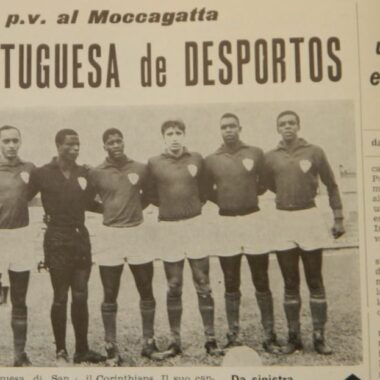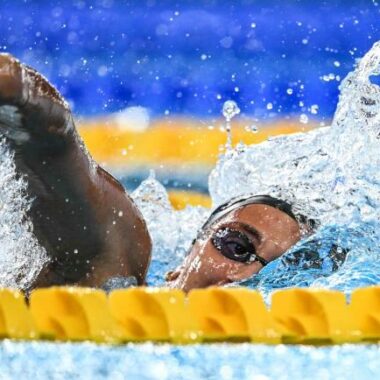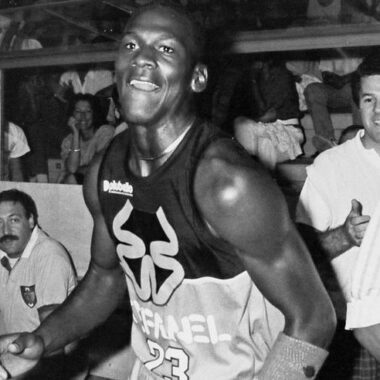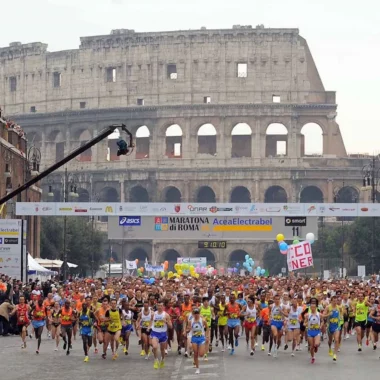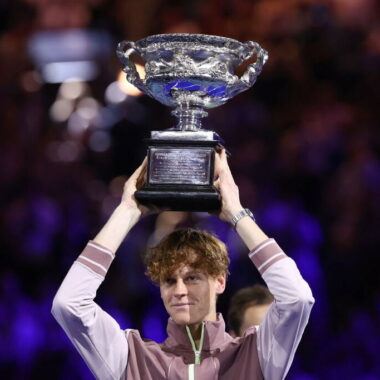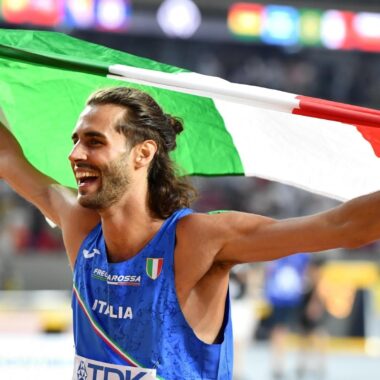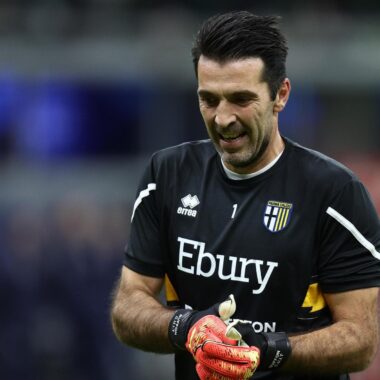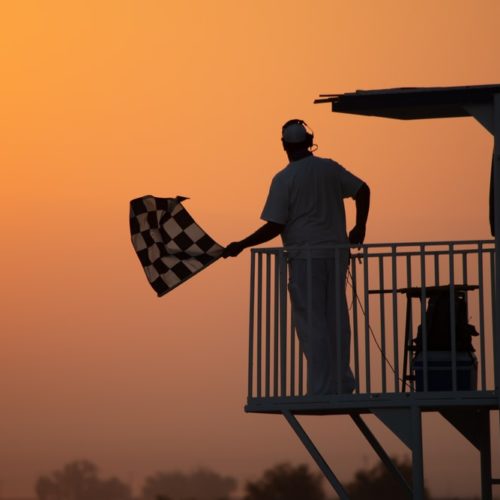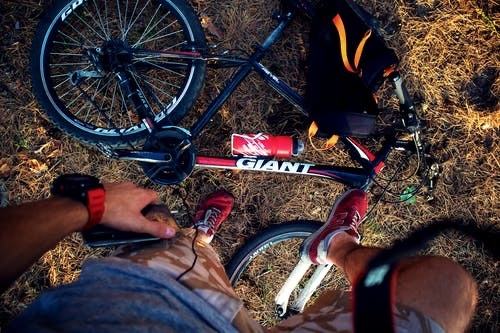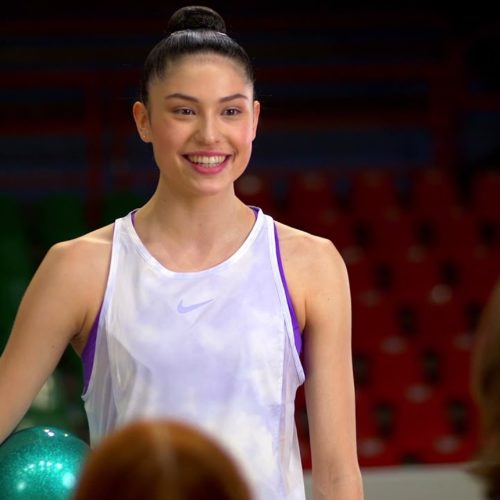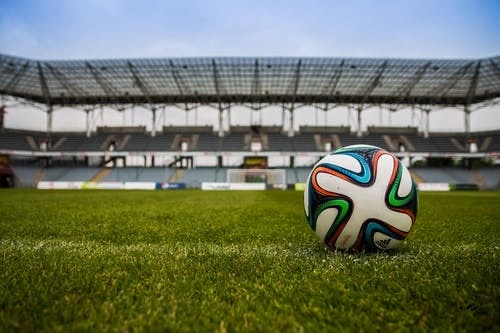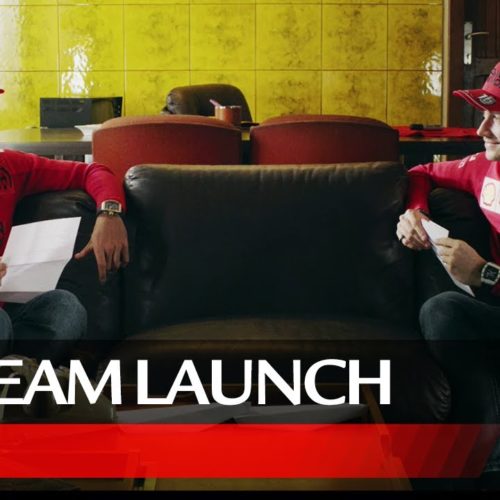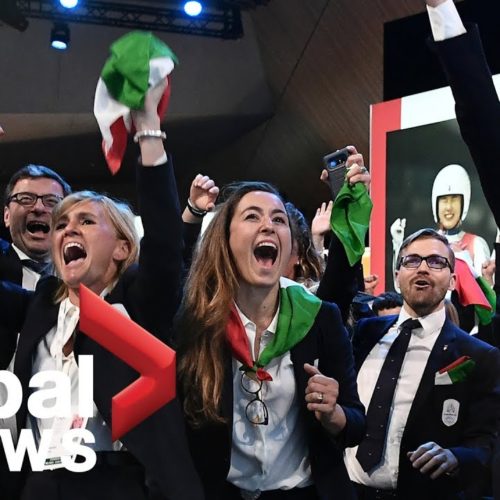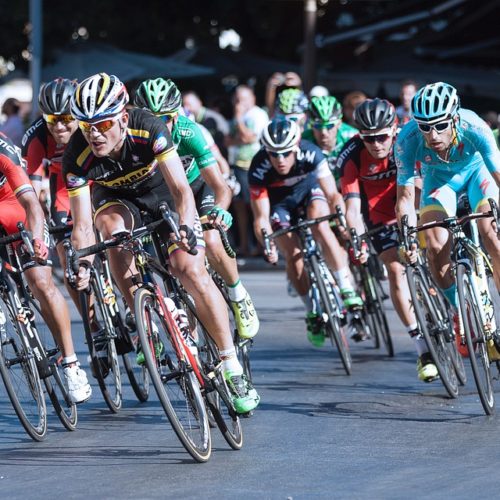Historical Soccer and Reenactment from Florence
The “Calcio Storico Fiorentino“, “Historical soccer from Florence“, called in old Florence “Calcio in Livrea” was born in Florence around 1200-1300 AD.
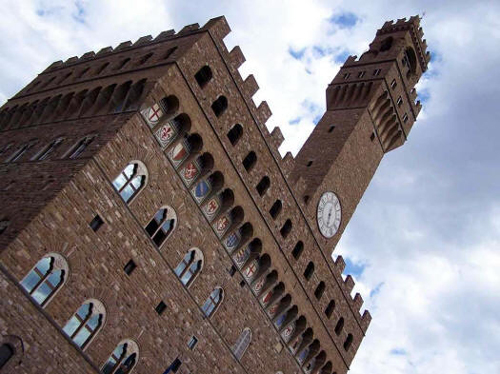 Florence – Calcio Storico
Florence – Calcio Storico
It was one of the many competitions between the local noblemen. We have to remember that in this crazy period murders, death, and and violence was a normal occurence.
Kings came up with violent sports for enjoyment and to calm the population. It all goes back to the fight in the arena between Gladiators at the Roman times. There are many examples in Italy of violent sports, as well as all around the world. In central America games like “the Pelota”, which was played between Mayans, was very violent and often the captain of the losing team was killed.
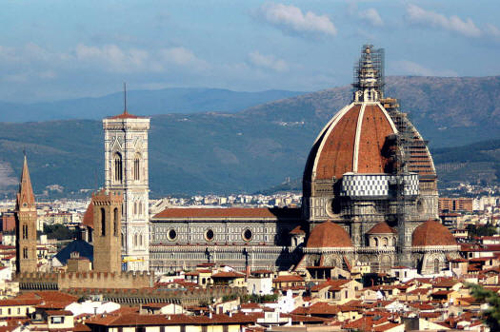 Florence, home of the Calcio Storico Fiorentino
Florence, home of the Calcio Storico Fiorentino
The Calcio storico is the father of the modern soccer, American football and rugby, when in the time of 1540 Caterina de Medici went to live in Paris, and took with her many traditions from Italy.
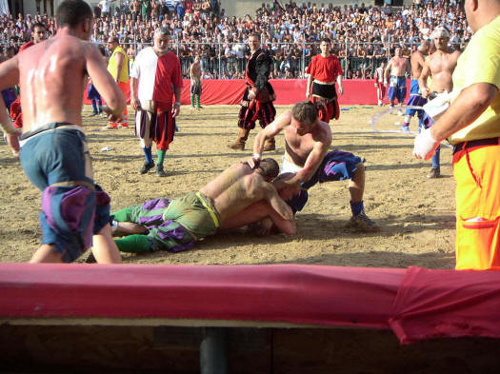 A scene from a match of Calcio Storico, the precursor of modern rugby
A scene from a match of Calcio Storico, the precursor of modern rugby
The story goes that she took with her a personal cook that taught the French the Florentine style of cooking. She also brought to France the “Calcio in Livrea“, Livrea in old Italian means “Costume”. The English saw this strange game while it was played in France and brought the game to their region as well. This then in turn brought about Ireland “soccer”, which was more similar to “Calcio in Costume” rather than modern soccer, and Rugby came to be. From rugby came American football. This game brought from Italy was the precursor of modern soccer.
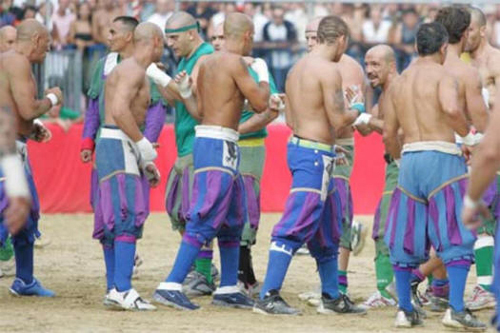 Calcio Storico in Florence
Calcio Storico in Florence
Playing games with a ball wasn’t a new thing. The Greeks played a game with a ball called “Sferomachia” and the Romans had a game that used a ball (filled with leather and rags), but was very violent. It was quite similar to the “Calcio in Costume” called “Ludos Harpastum”. Ludos translated means play, and Harpastum means take off with violence [strappare con forza] from Latinum.
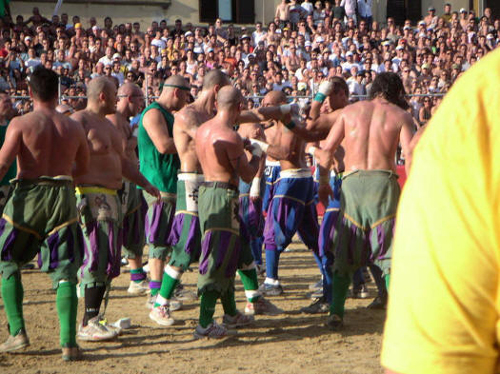 Calcio Storico Players in Florence
Calcio Storico Players in Florence
The Harpastum was the game for rough people like the legionary were, as this game was played on sand which gave agility, power, and pride to the Romans. The Harpastum probably arrived in Florence with the first legionary that founded the town, and became one of the games played for many centuries. Today is called “Historical Soccer”.
The tournament between the four disctricts of the town (Azzurri from Santa Croce, Bianchi from Santo Spirito, Rossi from Santa Maria Novella and Verdi from San Giovanni), is played in Florence every year, in the month of June, and the final match is on the 24th, when Florence celebrates St. John the Baptist, its Patron Saint.
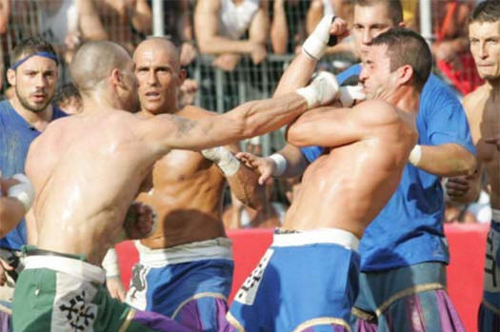 Soccer and rugby originated from the Calcio Storico Fiorentino
Soccer and rugby originated from the Calcio Storico Fiorentino
The first written rules go back to the 14th century:
- 27 player for each team called Calcianti (in Florence is Calciatori)
- 50 minutes
- The field is rectangular
- 80 meters by 40 meters OR 100 meters by 50 meters
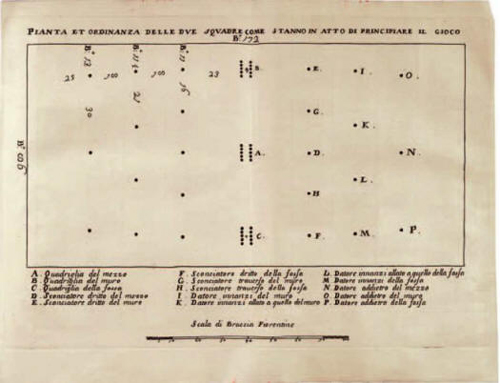 Historical Soccer reenactment formation
Historical Soccer reenactment formation
Cut in the center by a white line, the 2 shortest sides have a big net that reaches to each side. The net is 1 meter high. For each team there are:
- 4 “Datori Indietro” – Goalkeepers
- 3 “Datori Innanzi” – Defender
- 5 “Sconciatori” – Mediums
- 15 “Innanzi or Corridori” – Attackers
At the center of the net of each team there is a captain where he stays and enters in the game only to plaque his players and give directions to them.
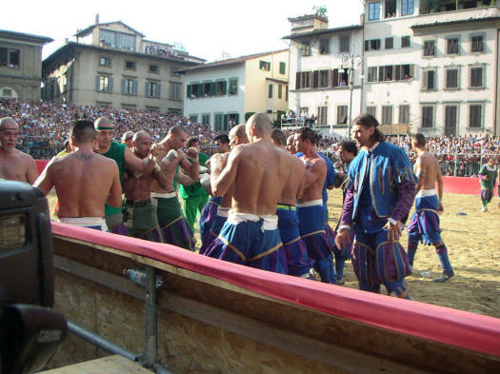 A scene from a Calcio Storico Match in Florence
A scene from a Calcio Storico Match in Florence
The game starts when the “Pallaio” kicks the ball in the field and the shot of “Colubrina” a little cannon, to cherish the game. At this time every player tries to catch the ball and put it in the opposite net to score a “Caccia” or point. At first the ball rests on field because the players fight in a wild boxing match one against each other, trying to put or pin down as many players possible; once there are enough incapacitated players, the other teammates come and swoop up the ball and head to the goal.
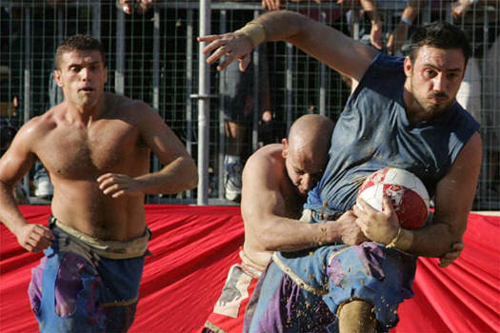 Calcio Storico in Florence
Calcio Storico in Florence
In the field, the player carrying the ball and defended by his other teammates would try to bring the ball and score a “caccia” or point, and it is very important to make a goal in the net because if you miss it, or the defender steals it, you give up half of a “caccia” to the other team. Sometimes it happens that the winning team doesn’t score any point. The winner is the team that have the most points. It’s possible finish 4 and half to 3.
The winner is awarded a white cow or “chianina”, famous in Italy for its Fiorentina, a t-bone steak typical from Florence.
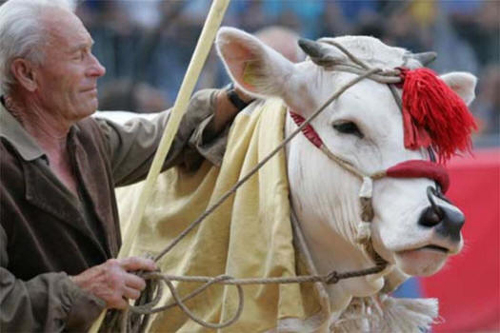 The prize to the winners of the Calcio Storico is …. a cow!
The prize to the winners of the Calcio Storico is …. a cow!
VIP Players in the Centuries
-
- Piero II de Medici son of Lorenzo il Magnifico
-
- Lorenzo II de’ Medici, Duke of Urbino
-
- Alessandro de’ Medici, Duke of Toscana
-
- Cosimo I de’ Medici, Big Duke of Toscana
-
- Francesco I de’ Medici, Big Duke of Toscana
-
- Vincenzo Gonzaga, Duke of Mantova
-
- Cosimo II de’ Medici, Archduke of Toscana
-
- Lorenzo e Francesco, sons of the big duke Ferdinando I de’ Medici
-
- Enrico, prince of Condé
- Giovan Carlo e Mattia, sons of big duke Cosimo II
-
- Giulio de’ Medici, Pope Clemente VII
- Alessandro de’ Medici, Pope Leone XI
- Maffeo Barberini, Pope Urbano VIII
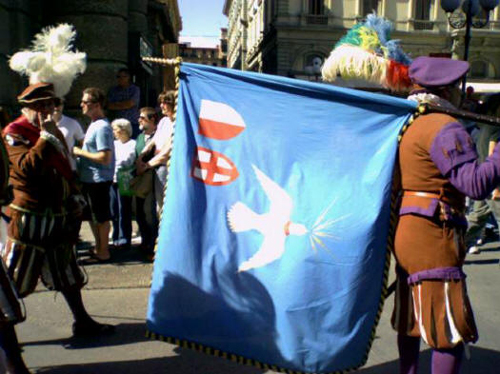 Parade of the “azzurri” team in occasion of the Calcio Storico
Parade of the “azzurri” team in occasion of the Calcio Storico
Famous Games
-
- 1491 – Played on the iced Arno river.
-
- 1521 – Played near the Vatican while Pope Leone X watched from the tower of Borgia.
-
- 1530 – Played during the siege.
-
- 1532 – Played while Margherita d’Austria was visiting, future wife of Alessandro de’ Medici.
-
- 1558 – Played during the marriage between Lucrezia de’ Medici and Alfonso II d’Este. Fist time it was played in Piazza Santa Croce.
-
- 1569 – Played in honor of Archduke Carlo d’Austria, second time in S.Croce.
-
- 1570 – Played in Rome in honor of Archduke Cosimo I de’ Medici, played at Themarium Diocleziano.
-
- 1575 – At Lion south France in honor of King Enrico III. The French people became enthusiasts and started playing it from this point
-
- 1576 – First time important nobles played, including Pietro, son of Cosimo I de’ Medici
-
- 1584 – Played in honor of Eleonora de’ Medici and Vincenzo I Gonzaga. Every Caccia was followed by a shooting of cannons. After the game the banquet for player cost 6.000 scudi.
-
- 1586 – Played in honor of marriage between Virginia de’ Medici and Cesare d’Este.
-
- 1589 – Played in honor of the marriage between Archduke Ferdinando I de’ Medici and Cristina di Lorena.
-
- 1604 – Played in Florence in honor of the visit of Ranuccio I Farnese.
-
- 1605 – Another game played on the iced Arno river.
-
- 1609 – In honor of Carlo I Gonzaga, visiting Florence, 3rd time played in front of the church of Santa Croce.
-
- 1610 – Played in honor of Spanish abbassay Don Ferrante Borgia, visiting florence, 4th time playng in santa croce
-
- 1617 – Played in honor of the marriage between Caterina de’ Medici and Ferdinando Gonzaga.
-
- 1626 – In honor of Archduke Leopoldo V d’Austria, visiting.
-
- 1650 – Played between “Piacevoli” and “Piattelli”. The Piacevoli have a uniform color red, and the Piattelli wore blue. This was the second time this game was played, and was very violent and cruel, some people died in this specific game.
-
- 1666 – A similar match was played in Pistoia organized by monks of Monte Oliveto.
-
- 1673 – Played in the Villa Jacopo Salviati
-
- 1680 – Played with masks on Santa Maria Novella. Players were masked; due to farmers’ entusiam it was impossible to finish the game
-
- 1681 – During the game on the 17th of January, Francesco Gerini and Filippo Piero Strozzi challenged each other to a duel, and Filippo was victorious, while Gerini died.
-
- 1689 – Played in honor of the marriage between Ferdinando de’ Medici and Violante Beatrice di Baviera.
-
- 1690 – The players were a European team and an Asian team. The first one won; in the evening during the ball, at Palazzo Pitti, the Asians asked a “Rivincita”, to replay; the match started, but didn’t finish due to too much alcohol in their blood
-
- 1691 – Played in honor of marriage between Anna Maria Luisa de’ Medici and Giovanni Guglielmo di Neuburg.
-
- 1707 – A policeman arrests a player during the opening ceremony, stating that there was was too much noise. 4 days later the policeman was put on a chair for torture, but 2 days later the policeman was pardoned.
-
- 1712 – Played in honor of the birthday of Violante Beatrice di Baviera.
- 1715 – The player Francesco Guiducci hit badly the spectator Vespucci that took out his sword, but the king ended the game.
- 1732 – In Livorno payed in honor of the pincepss Don Carlos di Spagna.
- 1739 – Played in honor of Francesco I di Lorena e Maria Teresa d’Austria
- 1766- Played in Livorno in honor of Leopoldo II di Lorena e Maria Luisa di Borbone.
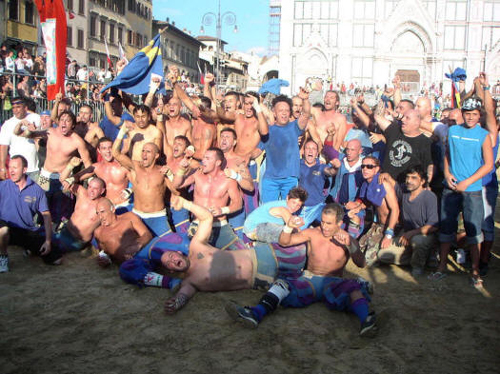 Winners of the Calcio Storico in Florence
Winners of the Calcio Storico in Florence









